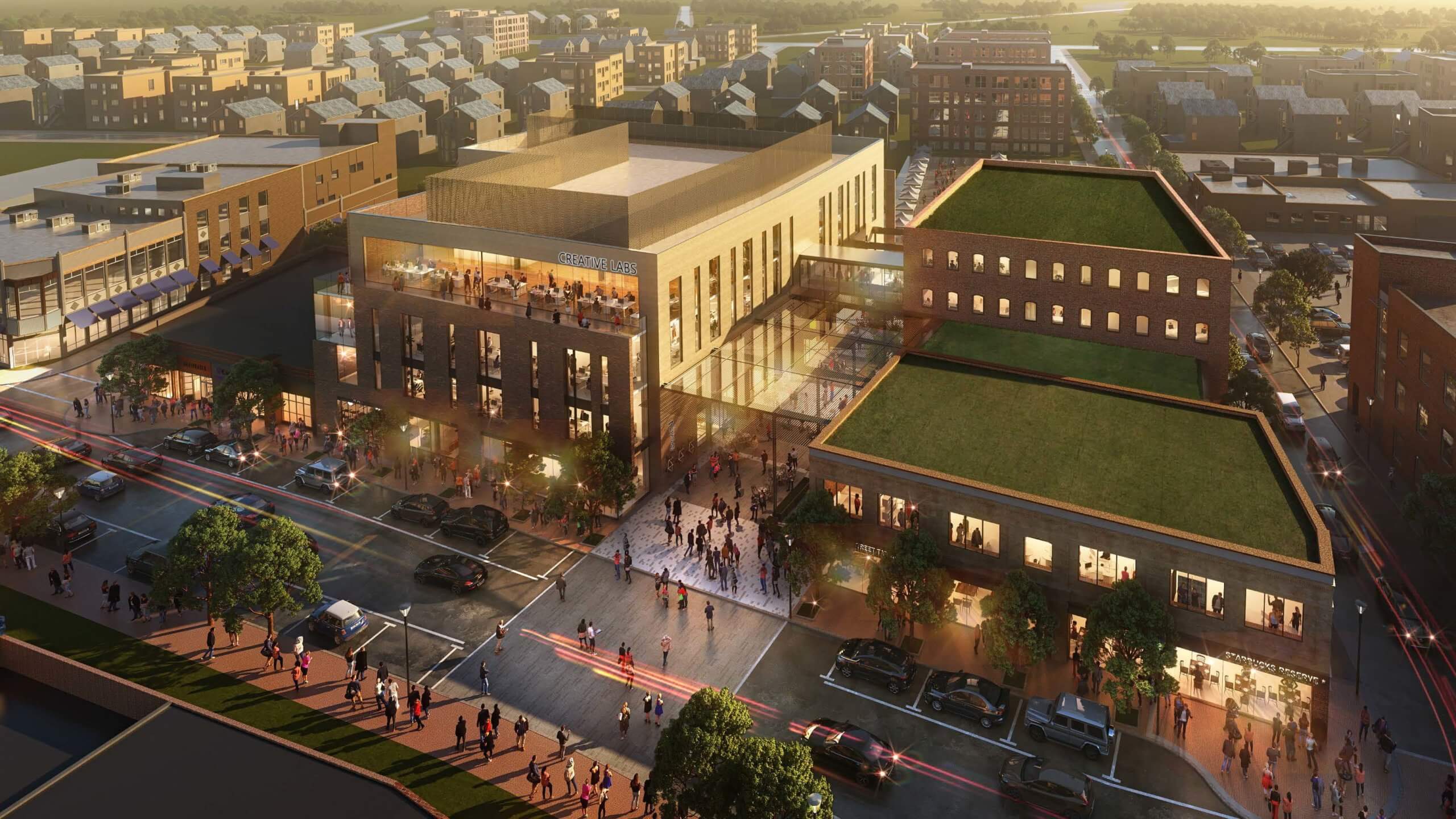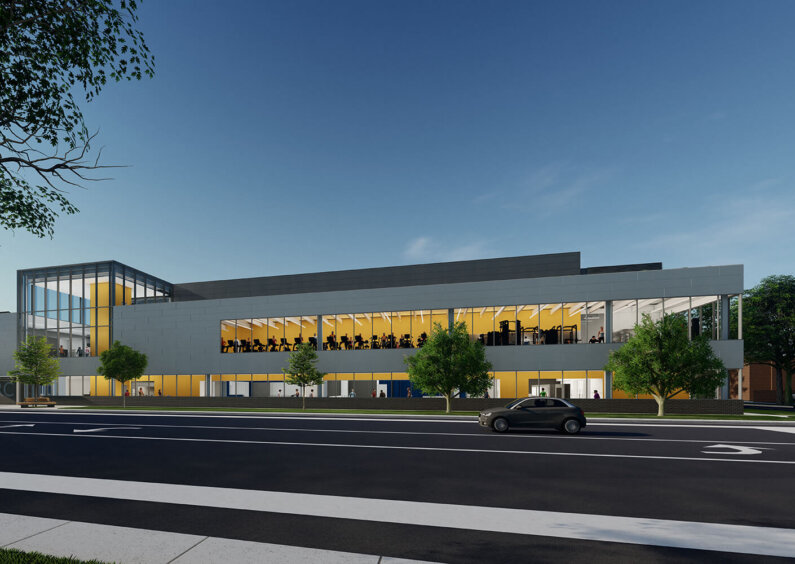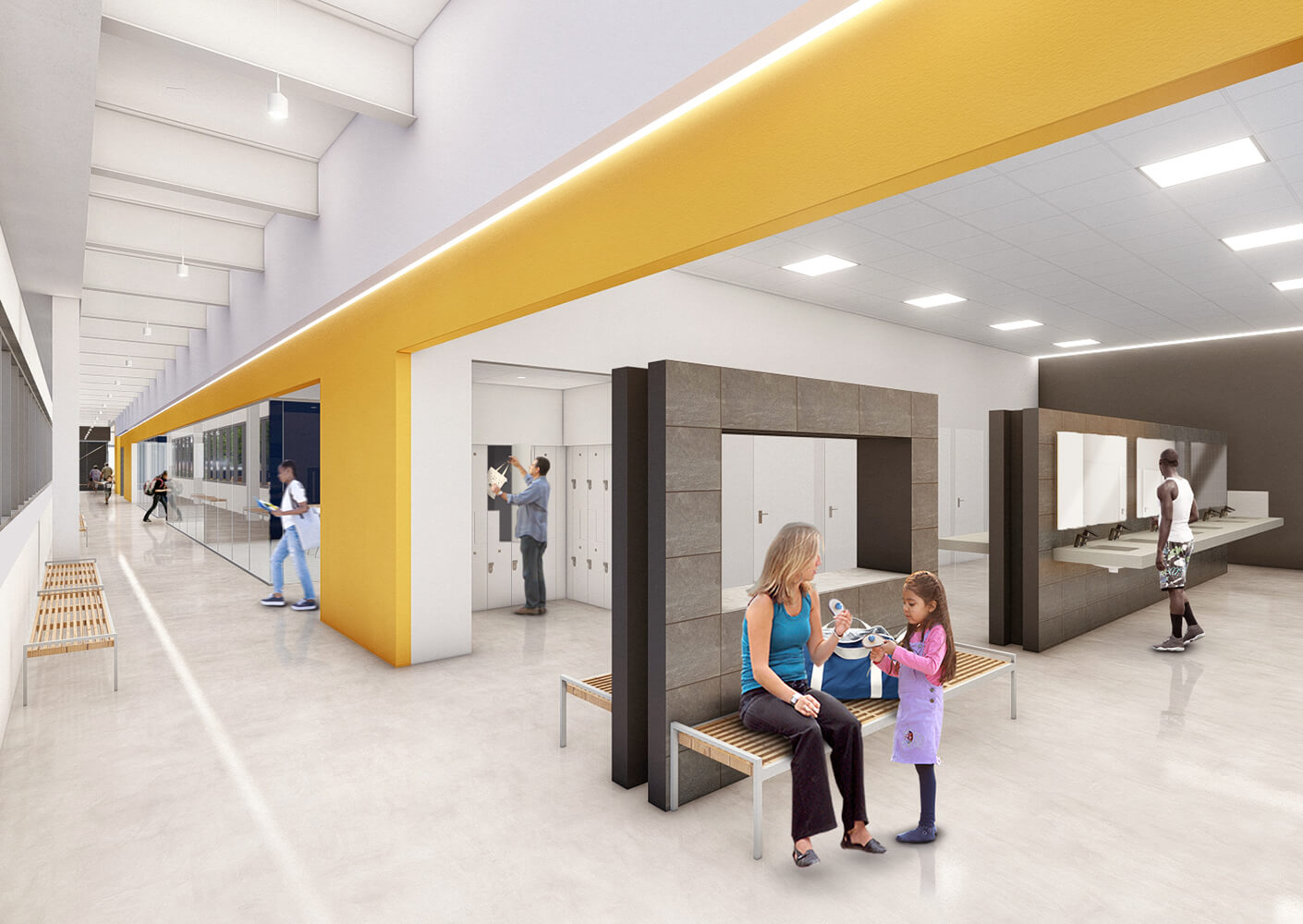The heart of a city emanates from its main streets. The bustling sidewalks of Broadway, Michigan Avenue, or Rodeo Drive are filled with places to go, shop, and eat. But more than that, they represent a grand entrance and warm welcome to their cities. As we all know, the COVID-19 pandemic emptied these business districts nearly overnight, as both tourists and long-time retailers locked down. People adapted quickly to a risk-abating “new normal,” ordering even groceries online from the safety a laptop. This rapid pivot revealed more clearly than ever our growing dependence on parcel delivery service. But it has also revealed that it’s not always our preference: Now that cities around the world are relaxing their COVID-19 restrictions, people are blissfully returning to the streets en masse for in-person experiences.
Ibrahim Ibrahim, who was recently appointed to the U.K.’s High Streets Task Force—a national initiative to research how high streets (the British equivalent of main streets) function within communities—recently sat down for a conversation with Perkins&Will’s David Sheldon and Lindsey Peckinpaugh to discuss how design, economics, and politics can come together to revitalize neighborhoods. Their ideas point toward a future in which post-COVID main streets prioritize experience over products.





